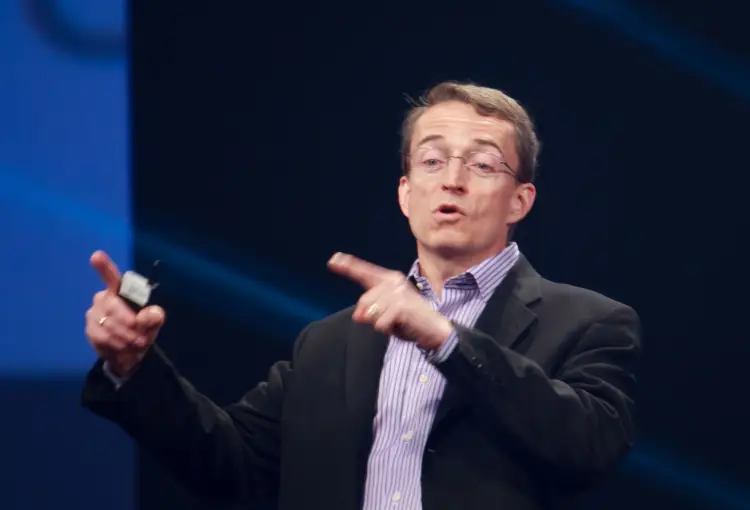
Intel has appointed VMWare CEO Pat Gelsinger as its new chief executive. Gelsinger, who spent 30 years working at Intel before departing in 2008, will leave VMWare to succeed current Intel CEO Bob Swan in February.

“I have tremendous regard for the company’s rich history and powerful technologies that have created the world’s digital infrastructure,” the new Intel CEO said. “I believe Intel has significant potential to continue to reshape the future of technology.”
What a day. After an incredible, life-changing 8 years at @VMware, I have made the decision to step in as @intel‘s CEO next month. To the VMware team I say “thank you” with the greatest appreciation and humility.
— Pat Gelsinger (@PGelsinger) January 14, 2021
But while his ambitions may be lofty, Gelsinger inherits a company facing threats across the board. He takes over after a difficult year for the iconic chipmaker, and will need to fight and win on many fronts if he is to rebuild Intel’s reputation as the pacesetter for the microprocessors industry.
Intel’s share price decline
Under Swan’s leadership, Intel’s business has remained healthy. The company was the semi-conductor market leader by revenue last year, according to figures released this week by Gartner, which reveal its 2020 revenue of $70.2bn gave it a 15.6% share of the market.
But the company’s share price plummeted 16.8% in 2020, losing ground to rivals Qualcomm, AMD and Nvidia, which overtook Intel as the most valuable US semiconductor firm in 2020.
This was largely down to delays in delivery of Intel’s next-generation 7nm (nanometre) chips, which were due to hit the market by the end of this year but will be delayed by at least six months due to production problems. Swan blamed a ‘defect mode’ in the 7nm process when the news was announced in July, echoing similar issues of production and supply that dogged Intel when its 10nm chips launched.
With a greater number of transistors per chip, 7nm processors offer better performance and lower energy consumption. AMD already has its 7nm processor, the Ryzen 4000, on the market, which has helped it increase its share of the x86 PC sector, which Intel has traditionally dominated.
Rival architectures are also causing Intel a headache. In November, Apple, which was previously an Intel customer, revealed its own chip, the M1, which it will use in its new range of Macbooks. According to Apple, the M1 will offer a 3.5x CPU performance and 6x GPU performance boost, claims which have been backed up by impressive early speed tests.
Arm chips have previously been confined mainly to mobile devices, but the M1 could herald a new generation of Arm-based PCs and servers ready to compete with Intel and AMD. If nothing else, the loss of Apple revenue – the two companies will gradually decouple over the next two years – is likely to hit Intel hard. Elsewhere, open-source architecture RISC-V is gaining momentum as a third alternative for chip designers, meaning competition in the market has never been greater.
New Intel CEO’s engineering roots
By appointing Gelsinger, Intel is perhaps to hoping to emulate the success AMD has enjoyed in recent years after installing Dr Lisa Su as CEO in 2014. A semiconductor engineer by background, Su has overseen a renewed focus on R&D which has helped give AMD products such as the Ryzen 4000 the edge. Unlike Swan, who was previously Intel’s CFO, Gelsinger is an engineer, and may therefore pursue a more innovative strategy than his predecessor.
More details on the company’s future direction could be revealed next week, when it announces its earnings for the fourth quarter of 2020. Intel also has a big decision to make on its manufacturing strategy after the delays it has experienced with 7nm production. Having always relied on its own factories, it is reportedly considering whether to invest more capital in its own infrastructure or outsource some production to Samsung or Taiwanese firm TSMC. Gelsinger is unlikely to be short of things to do when he officially assumes control on February 15.






